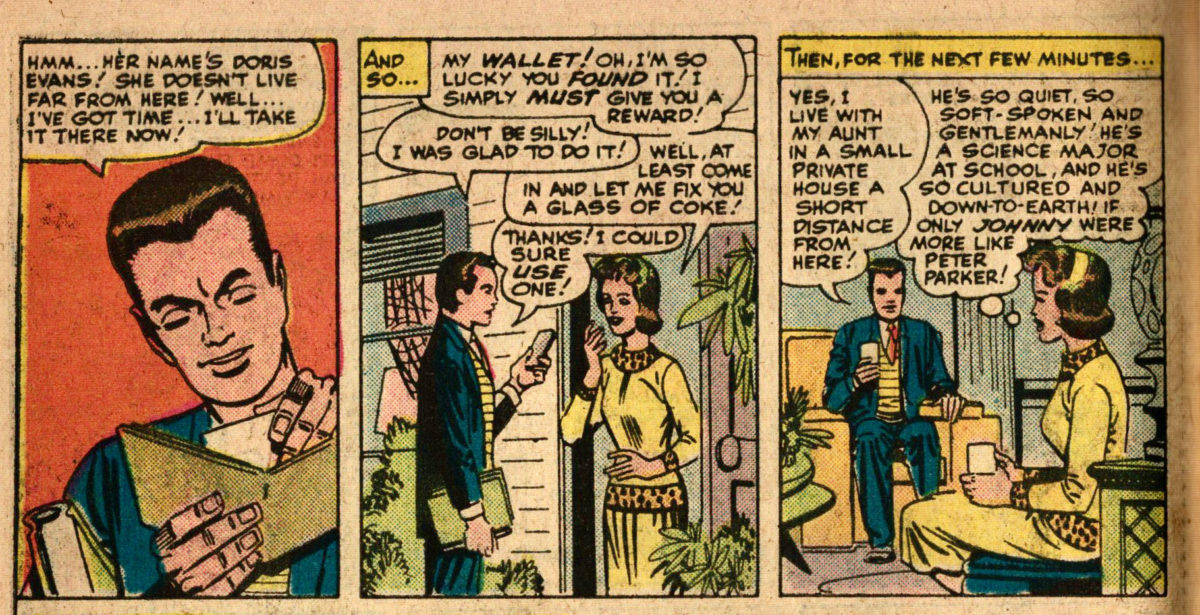Featuring: X-Men
Release: June 30, 1966
Cover: September 1966
12 cents
Editing by: Stan (Busy Bee) Lee
Script by: Roy (Bookworm) Thomas
Art by: Werner (Worker-ant) Roth
Inking by: Dick (Doodlebug) Ayers
Lettering by: Sam (Pussycat) Rosen
20 pages
| Previous | #551 | Next |
|---|---|---|
| Fantastic Four #54 | Reading order | Thor Annual 2 |
| X-Men #23 | X-Men | X-Men #25 |
“Grow! Grow! Grow! Let not one X-Man survive!”
“Now, how does a rational person argue with sentiments like those?”
As we learned last issue, Jean is leaving the X-Men to go to college. She’ll be at Metro College, the same college as Johnny Storm. We just saw that Johnny Storm was on school break with Wyatt Wingfoot, and using that break to travel to the Great Refuge to try to free the Inhumans.

The Narrator notes Johnny and Wyatt are in the Himalayas. Last we saw them, they were traveling from Wakanda in Africa and on their way to the Great Refuge, which had been in the Andes, not the Himalayas. Perhaps they got lost.
Continue reading “X-Men #24”































